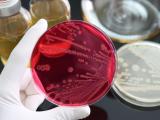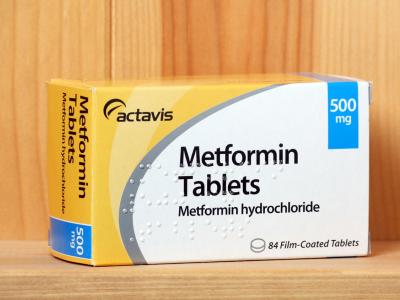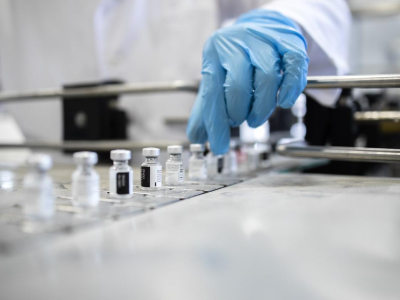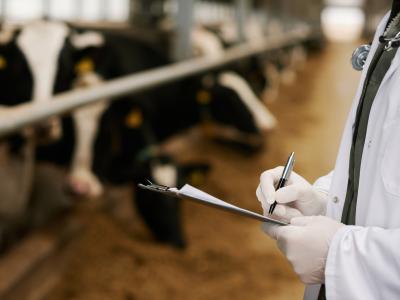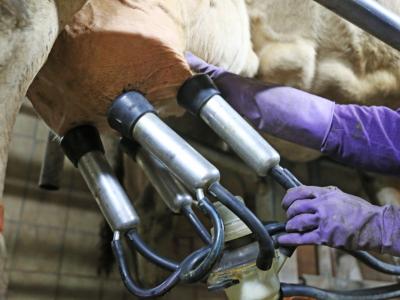Jul 17, 2003 (CIDRAP News) The Environmental Protection Agency (EPA) is proposing a new requirement for water systems that it says could prevent up to a million illnesses a year by reducing Cryptosporidium contamination in drinking water.
The new requirement will affect water systems that are more vulnerable than most to Cryptosporidium contamination because of higher levels in their water sources or because they use surface water without filtering it, the EPA said in a Jul 11 news release. Cryptosporidium is a protozoan parasite that is resistant to disinfectants like chlorine and has been linked with waterborne disease outbreaks, the agency said. The infection can be severe in children, the elderly, and immunocompromised people.
Under the rule, called the Long Term 2 Enhanced Surface Water Treatment Rule, water systems in the higher-risk groups would have to achieve an additional 90% to 99.7% (1.0- to 2.5-log) reduction in Cryptosporidium levels, the EPA said. All unfiltered systems would have to provide at least 99% or 99.9% (2- or 3-log) inactivation of the pathogen. The regulation lists a range of treatment and management strategies that can be used to achieve the reductions.
The EPA proposal also includes rules for expanding the monitoring and control of byproducts of water disinfection. Both regulations are required by the Safe Drinking Water Act and were developed in collaboration with water systems, environmental groups, and state and local health officials, the EPA said.
"These drinking water rules are important steps in protecting Americans' health," said EPA Acting Administrator Linda Fisher. "These rules take the right approach toward minimizing and balancing the risks for microbial contamination and disinfection byproducts. They represent the culmination of more than a decade of analysis, research, and partnership focused on making the nation's drinking water safer."
The EPA estimates that full implementation of the proposed treatment requirements would reduce the incidence of cryptosporidiosis by 256,000 to 1,019,000 cases per year and prevent from 37 to 141 premature deaths. The precautions also will reduce exposure to other pathogens, such as Giardia, that can accompany Cryptosporidium, officials said.
The Centers for Disease Control and Prevention recently reported a cryptosporidiosis incidence rate of 1.42 laboratory-confirmed cases per 100,000 people in its FoodNet surveillance program in 2002. The program collects data on lab-confirmed cases of foodborne illnesses in nine states and portions of states with a combined population of about 37 million.
The EPA estimated it will cost between $73.5 million and $111 million to implement the Cryptosporidium requirements, or about $1.07 to $1.68 per household per year.





